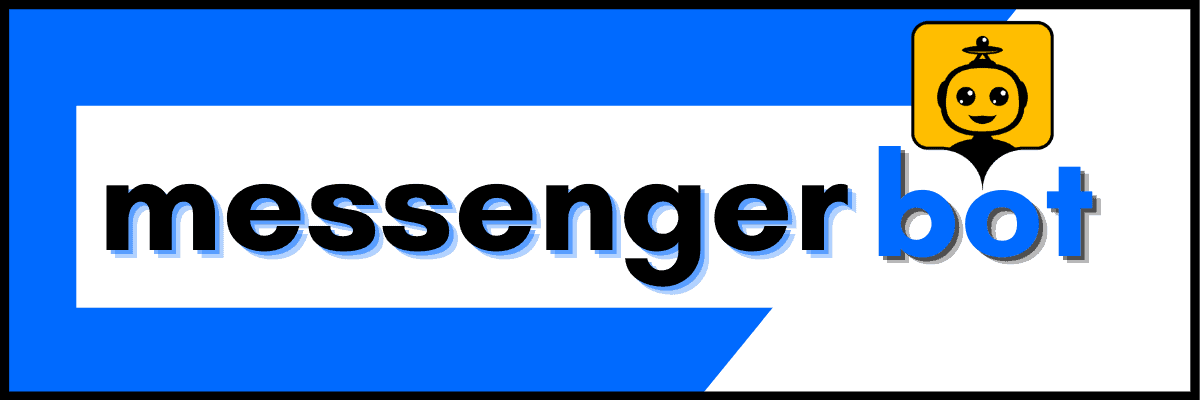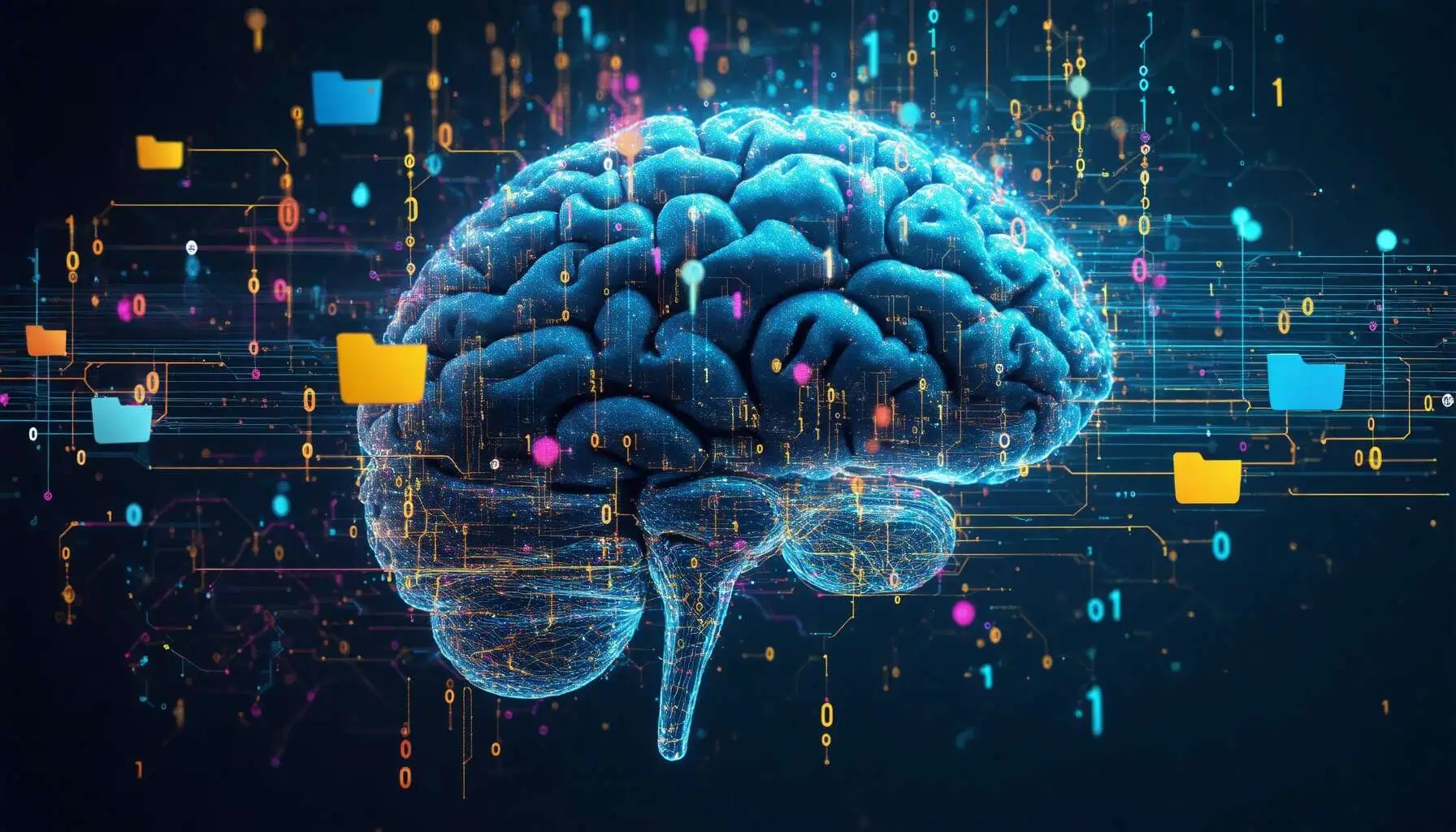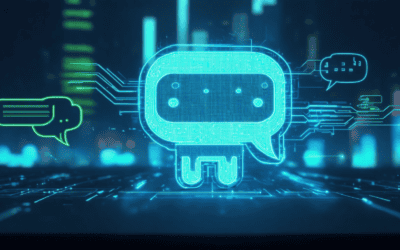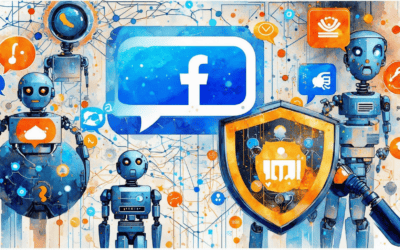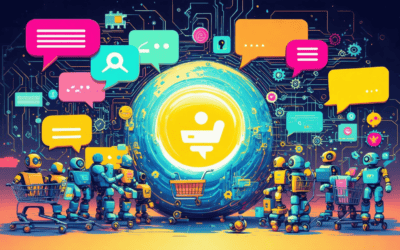Key Takeaways
- Understanding chatbot data is essential for developing effective AI systems that enhance user experiences.
- High-quality chatbot training data improves response accuracy and personalization, leading to increased user satisfaction.
- Utilizing diverse datasets for chatbots from reliable sources ensures comprehensive training and better performance.
- Implementing best practices in data collection and user consent is crucial for compliance with privacy regulations.
- Continuous learning from user interactions allows chatbots to adapt and improve over time, enhancing their conversational capabilities.
- Understanding the distinction between chatbot data and bot data helps optimize chatbot functionality and performance.
In the rapidly evolving landscape of artificial intelligence, understanding chatbot data is crucial for developers and businesses alike. This article delves into the intricacies of datasets for chatbots, exploring everything from the fundamental concept of chatbot data to the various sources where you can obtain these valuable datasets. We will examine the significance of chatbot training data in enhancing user experiences and the essential role it plays in AI development. Additionally, we will address common concerns regarding data privacy, particularly in relation to platforms like ChatGPT, and clarify the distinction between chatbot data and bot data. By the end of this article, you will have a comprehensive understanding of how to effectively manage your chat database and leverage chatbot datasets for optimal performance in your AI applications.
What is chatbot data?
Understanding the concept of chatbot data
Chatbot data refers to the information collected and utilized by chatbots to understand user inquiries and provide relevant responses. This data is crucial for enhancing the chatbot’s ability to interpret user intent, enabling it to deliver accurate and contextually appropriate answers. Here are key aspects of chatbot data:
- Types of Data Collected:
- User Queries: The actual questions or requests made by users, which help the chatbot learn various ways of phrasing similar inquiries.
- User Interactions: Data on how users interact with the chatbot, including response times, follow-up questions, and satisfaction ratings.
- Contextual Information: Additional data such as user location, device type, and previous interactions that can inform the chatbot’s responses.
- Importance of Data Quality:
High-quality data is essential for training machine learning models that power chatbots. This includes ensuring that the data is diverse, representative, and free from biases to improve the chatbot’s understanding of different user intents.
- Best Practices for Data Collection:
- User Consent: Always obtain explicit consent from users before collecting their data, ensuring compliance with privacy regulations such as GDPR.
- Continuous Learning: Implement mechanisms for the chatbot to learn from new interactions, adapting its responses based on evolving user language and preferences.
- Feedback Loops: Encourage users to provide feedback on chatbot interactions, which can be used to refine and improve the chatbot’s performance.
- Utilization of Chatbot Data:
Chatbot data can be analyzed to identify common user queries and pain points, allowing businesses to enhance their services and improve customer satisfaction. Data analytics can also help in optimizing the chatbot’s conversational flow, making it more intuitive and user-friendly.
Importance of chatbot data in AI development
The significance of chatbot data in AI development cannot be overstated. By harnessing chatbot datasets, developers can create more sophisticated and responsive database AI systems. Here are some reasons why chatbot data is vital:
- Enhancing User Experience: Quality chatbot training data enables the development of chatbots that can engage users more effectively, providing personalized interactions that meet user needs.
- Improving Accuracy: The more diverse and comprehensive the chatbot dataset, the better the AI can understand and respond to a wide range of inquiries, leading to higher accuracy in responses.
- Facilitating Innovation: Access to rich chatbot data allows developers to experiment with new features and functionalities, driving innovation in chatbot capabilities and applications.
- Benchmarking Performance: Analyzing chatbot data helps in establishing benchmarks for performance, enabling continuous improvement and adaptation to changing user expectations.
By focusing on these elements, businesses can leverage chatbot data effectively to create more responsive and intelligent conversational agents. For more insights on chatbot applications, check out our guide on AI chatbot applications.
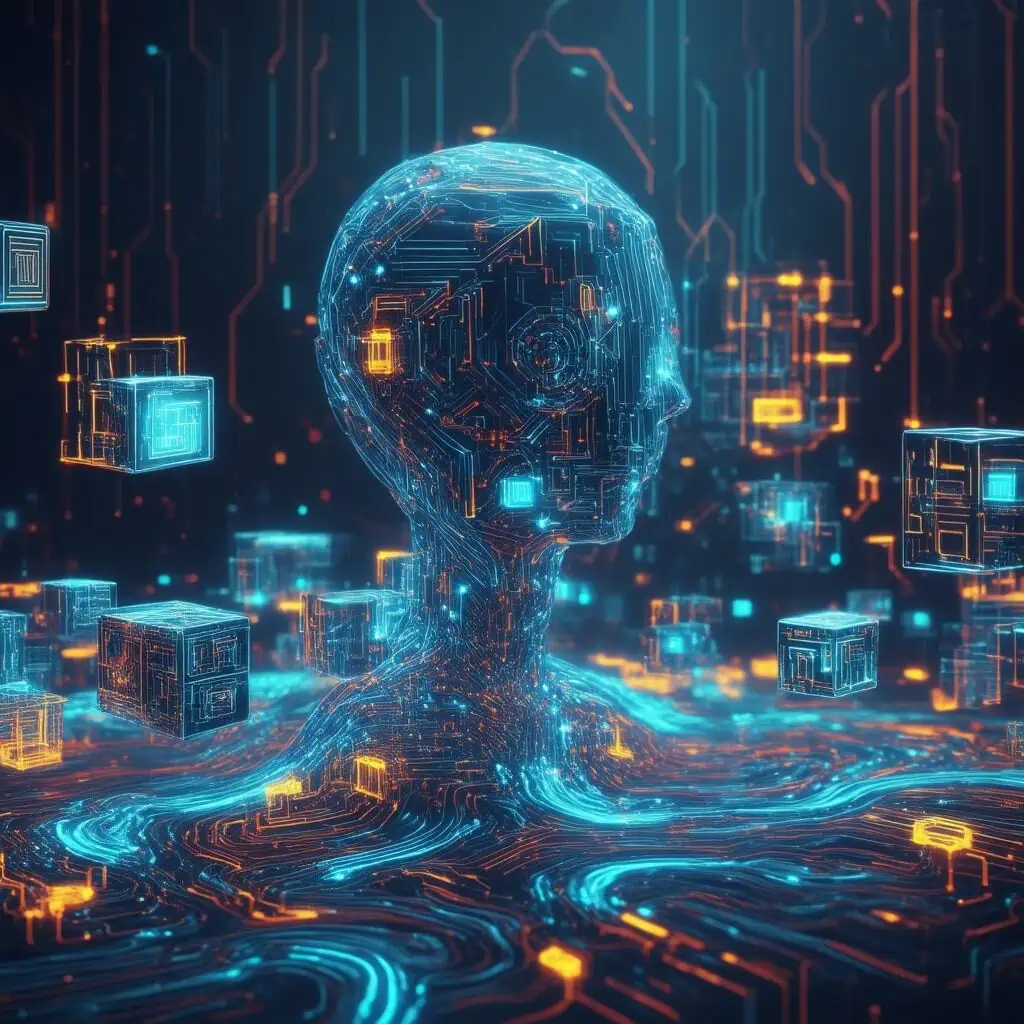
How to Get Data for Chatbot?
To effectively train a chatbot, it’s crucial to gather relevant and high-quality data. This process involves several steps that ensure the chatbot can understand and respond accurately to user inquiries. Here’s how to get data for your chatbot:
Sources for Chatbot Datasets
1. Identify Data Sources: Gather data from various sources that reflect the interactions your chatbot will handle. This includes:
- Customer Interaction Transcripts: Analyze chat logs, emails, and call transcripts to understand common queries and responses.
- Frequently Asked Questions (FAQs): Compile a list of FAQs from your website or customer service team to address typical concerns.
- Product Information: Include detailed descriptions, specifications, and user manuals to provide context for product-related inquiries.
- User Feedback: Collect feedback from users about their experiences and questions to refine the chatbot’s responses.
2. Data Formatting: Ensure the collected data is structured appropriately for training. This may involve:
- Cleaning the Data: Remove irrelevant information, correct typos, and standardize formats to enhance clarity.
- Categorizing Content: Organize data into categories (e.g., product inquiries, technical support) to streamline the training process.
3. Utilize Existing Platforms: Consider leveraging platforms like Messenger Bot, which can facilitate data collection and integration. These platforms often provide tools for analyzing user interactions, which can inform your chatbot’s training.
Chatbot Dataset Download Options: CSV and JSON Formats
When it comes to downloading chatbot datasets, you have several options. Most datasets are available in formats like CSV and JSON, which are widely used for data interchange:
- CSV Format: This format is ideal for structured data and can be easily imported into various database systems. It allows for straightforward manipulation and analysis of chatbot training data.
- JSON Format: JSON is particularly useful for hierarchical data structures, making it suitable for complex chatbot datasets that require nested information.
By utilizing these formats, you can efficiently manage your chatbot training data and ensure your chatbot is well-equipped to handle user interactions effectively.
How big is the chatbots dataset?
The size of chatbot datasets varies significantly depending on the specific corpus used for training. One of the most notable datasets is the NPS Chat Corpus, which includes 10,567 messages derived from a larger pool of approximately 500,000 messages collected from various online chat services, ensuring compliance with their terms of service. This dataset is particularly valuable for developing task-oriented chatbots due to its extensive range of conversational contexts.
In addition to the NPS Chat Corpus, other prominent datasets include:
- Cornell Movie Dialogs Corpus: This dataset contains over 220,000 conversational exchanges from movie scripts, providing rich context and diverse dialogue styles.
- Persona-Chat: Comprising 162,000 dialogues, this dataset focuses on personalized conversations, allowing chatbots to engage in more relatable interactions.
- DailyDialog: With 13,118 dialogues, this dataset covers daily communication topics, making it suitable for training chatbots aimed at casual conversations.
The growing trend in chatbot development emphasizes the importance of large, diverse datasets to improve the quality and relevance of interactions. As of 2023, the emphasis on using comprehensive datasets like these is crucial for enhancing the performance of chatbots in real-world applications. For further reading, refer to sources such as “A Survey on Chatbot Implementation in Customer Service” (2021) and the “Natural Language Processing for Chatbots” report by the Association for Computational Linguistics (ACL).
Factors influencing the size of chatbot training datasets
Several factors influence the size of chatbot training datasets, impacting the effectiveness and performance of chatbots. Key considerations include:
- Domain Specificity: The specific area in which a chatbot operates can dictate the size of the dataset required. For instance, a chatbot designed for customer service may need a larger dataset to cover various scenarios compared to a bot focused on a niche topic.
- Conversational Complexity: More complex interactions necessitate larger datasets to capture the nuances of human conversation. This includes understanding context, tone, and user intent, which are critical for effective communication.
- Data Diversity: A diverse dataset that includes various dialects, languages, and conversational styles can enhance a chatbot’s ability to engage with a broader audience. This diversity is essential for creating a more relatable and effective chatbot experience.
By understanding these factors, developers can better curate their chatbot datasets to ensure they meet the needs of their target audience and improve overall performance.
Will ChatGPT Share My Data?
Data privacy is a significant concern when interacting with AI platforms like ChatGPT. Understanding how your data is handled can help you make informed decisions about your interactions. Here’s a breakdown of the key aspects regarding data privacy with ChatGPT:
Understanding Data Privacy with ChatGPT
- User-Provided Data: ChatGPT collects all user inputs, including prompts, questions, responses, and any files uploaded. This data is essential for the AI to generate relevant and context-aware responses.
- System-Generated Data: This encompasses metadata such as timestamps, usage statistics, device information, IP address, and approximate location. Such data helps OpenAI analyze user interactions and improve the service.
- Account Information: If you have an account, OpenAI may collect personal details like your name, email address, and contact information. This data is used for account management and service improvement.
- Data Usage: OpenAI utilizes the collected data primarily to enhance the ChatGPT model and improve user experience. Importantly, OpenAI asserts that it does not sell user data or share it with third parties for marketing purposes.
- Data Protection: OpenAI employs data encryption to safeguard private information. Additionally, they maintain a bug bounty program to encourage reporting of vulnerabilities, ensuring ongoing security.
- User Control: Users can opt out of having their data used for model training through the “Data Controls” settings in their account. Furthermore, disabling chat history is an option, although it does not guarantee complete confidentiality.
- Best Practices for Privacy: It is advisable to avoid sharing personal details, financial information, or sensitive data while using ChatGPT. Users should be cautious about the information they provide, as it could potentially be accessed by others.
- Temporary Chat Feature: For those particularly concerned about data privacy, OpenAI offers a “Temporary Chat” feature that does not store or utilize data for training purposes.
For more detailed information on data privacy practices, refer to OpenAI’s official documentation and privacy policy.
Understanding Data Usage Policies of AI Platforms
When utilizing AI platforms, it’s crucial to comprehend their data usage policies. These policies dictate how your interactions are recorded, stored, and utilized. Here are some key points to consider:
- Transparency: Reputable AI platforms, including ChatGPT, provide clear guidelines on data usage, ensuring users are aware of what data is collected and how it is used.
- Data Retention: Many platforms retain data for a specific period to improve service quality. Understanding the retention policy can help you gauge how long your data may be stored.
- Third-Party Sharing: It’s essential to verify whether the platform shares data with third parties. OpenAI, for instance, emphasizes that it does not sell user data or share it for marketing purposes.
- Security Measures: Look for platforms that implement robust security measures, such as encryption and regular security audits, to protect user data from unauthorized access.
By being informed about these policies, you can better navigate your interactions with AI and ensure your data remains secure.

What is the main purpose of chatbot?
The main purpose of a chatbot is to enhance customer interaction and streamline communication processes across various platforms. Chatbots serve several key functions:
- Automation of Customer Support: Chatbots can handle a multitude of inquiries simultaneously, significantly reducing wait times for users. This immediate availability allows businesses to provide 24/7 support, improving customer satisfaction and engagement.
- Efficiency in Task Management: By automating repetitive tasks such as answering frequently asked questions, scheduling appointments, and processing orders, chatbots free up human employees to focus on more complex issues that require personal attention.
- Data Collection and Analysis: Chatbots can gather valuable data from user interactions, providing insights into customer preferences and behaviors. This information can be used to enhance marketing strategies and improve service offerings.
- Personalized User Experience: Advanced chatbots utilize artificial intelligence to learn from interactions, allowing them to provide tailored responses and recommendations based on individual user behavior and preferences.
- Integration with Other Platforms: Chatbots can be integrated into various messaging platforms, such as Facebook Messenger, allowing businesses to reach customers where they are most active. This integration enhances accessibility and user engagement.
According to a report by Gartner, by 2025, 75% of customer service interactions will be powered by AI-driven chatbots, highlighting their growing importance in the customer service landscape. Additionally, a study by Juniper Research estimates that chatbots will help businesses save over $8 billion annually through improved efficiency and reduced operational costs.
How chatbot data enhances user experience
Chatbot data plays a crucial role in refining the user experience by enabling chatbots to learn and adapt over time. Here are some ways chatbot data enhances user interactions:
- Improved Response Accuracy: By analyzing past interactions, chatbots can better understand user intent and provide more accurate responses, leading to higher satisfaction rates.
- Behavioral Insights: Chatbot data allows businesses to track user behavior patterns, helping to identify common issues and preferences. This information can be leveraged to optimize chatbot scripts and improve overall service quality.
- Enhanced Personalization: Utilizing data from previous conversations, chatbots can offer personalized recommendations and solutions, making users feel valued and understood.
- Feedback Loop: Continuous data collection enables businesses to gather feedback on chatbot performance, allowing for ongoing improvements and adjustments to meet user needs effectively.
By harnessing chatbot data, businesses can create a more engaging and responsive environment for users, ultimately leading to increased loyalty and retention.
What is bot data?
Bot data refers to the information generated and utilized by automated software applications, commonly known as bots, which perform tasks over a network. These bots can execute a variety of functions, including web scraping, data collection, and user interaction, often imitating human behavior to enhance efficiency and accuracy. Understanding bot data is crucial for optimizing chatbot performance and ensuring effective communication strategies.
Differentiating between chatbot data and bot data
While both chatbot data and bot data involve the use of automated systems, they serve different purposes. Chatbot data specifically pertains to the interactions and conversations that chatbots, like Messenger Bot, have with users. This data includes user queries, responses, and engagement metrics that help improve the chatbot’s functionality and user experience. In contrast, bot data encompasses a broader range of information collected by various types of bots, including web crawlers and social media bots, which may not directly interact with users.
The role of bot data in improving chatbot performance
Bot data plays a significant role in enhancing the performance of chatbots. By analyzing bot data, developers can identify patterns in user interactions, allowing for more personalized and relevant responses. This data-driven approach helps in refining chatbot training datasets, ensuring that the chatbot can handle a wider array of inquiries effectively. Additionally, leveraging bot data can lead to improved algorithms that enhance the overall functionality of database AI applications, making chatbots more efficient in managing user interactions.
Exploring chatbot datasets
Popular platforms for chatbot dataset downloads
When it comes to acquiring high-quality chatbot data, several platforms stand out for their extensive collections of datasets for chatbots. One of the most popular sources is Kaggle, which offers a variety of chatbot datasets that can be used for training and testing AI models. These datasets often come in user-friendly formats like CSV and JSON, making them easy to integrate into your projects. Other notable platforms include GitHub, where developers share their chatbot training datasets, and academic repositories that provide access to research-focused datasets. Utilizing these resources can significantly enhance your chatbot training data, ensuring that your database AI applications are robust and effective.
Utilizing chatbot training data for effective database AI applications
To maximize the potential of your chatbot, leveraging chatbot training datasets is essential. These datasets provide the foundational knowledge that enables your chatbot to understand and respond to user inquiries effectively. By utilizing a diverse range of chatbot data, including conversational logs and user interactions, you can train your chatbot to handle various scenarios and improve its performance over time. Additionally, integrating chatbot training data into your database chatbot can enhance its ability to deliver personalized experiences, ultimately leading to higher user satisfaction. For those looking to create their own AI chatbot, resources like this comprehensive guide can provide valuable insights into the development process.
